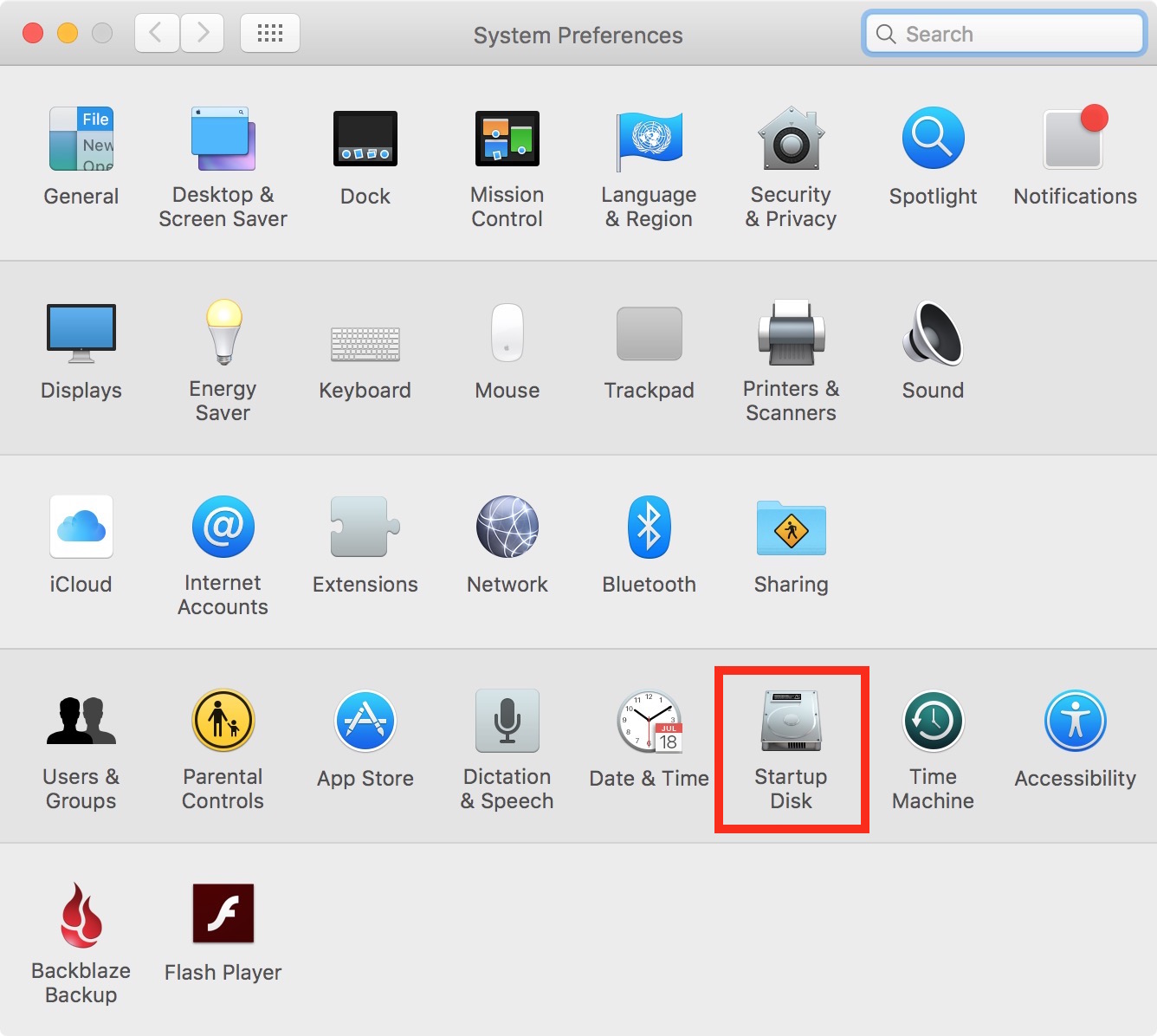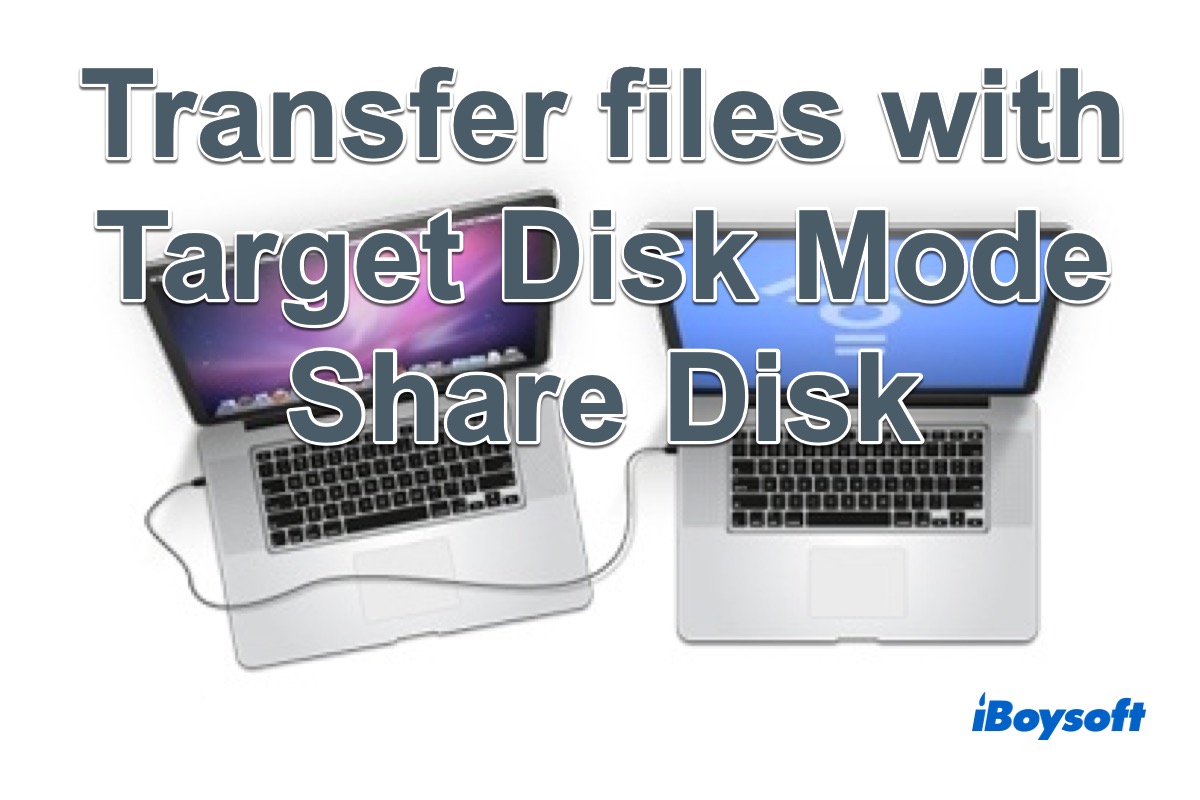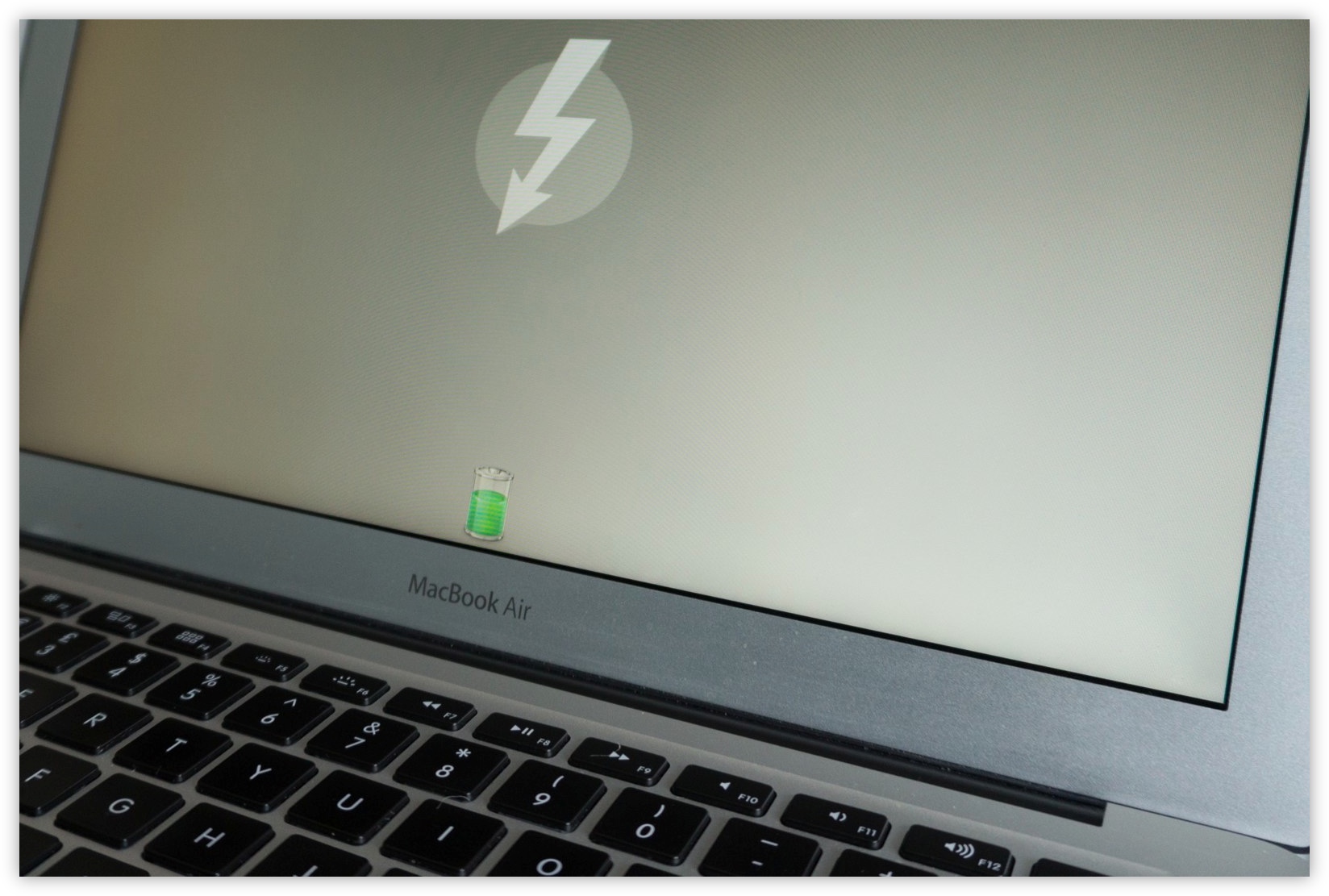

- #START MACBOOK IN TARGET DISK MODE HOW TO#
- #START MACBOOK IN TARGET DISK MODE SOFTWARE#
- #START MACBOOK IN TARGET DISK MODE MAC#
- #START MACBOOK IN TARGET DISK MODE WINDOWS#
One Mac shows up as an external disk on the other Mac, so you can browse and copy files over like you would from a hard drive. Target disk files allow you to share files between two Macs that are connected via FireWire, Thunderbolt 2, USB-C, or Thunderbolt 3.
#START MACBOOK IN TARGET DISK MODE HOW TO#
If any of that is the case, then here's what to do: How to boot up your Mac in Recovery Mode You may also need to restore from a Time Machine backup. Sometimes, as a last-ditch effort, you need to boot in Recovery Mode, and either repair a disk or (NOOOOO!) reinstall macOS. You may have to go back into System Preferences and adjust settings like volume and display resolution to your liking since they get reset when you reset the NVRAM. If you have a Mac that plays a startup chime, you can release the keys after you heard it a second time.
This is a small amount of memory that your Mac uses to store settings that it wants to access quickly.

One of the first fixes you'll find on any forum is resetting the NVRAM (nonvolatile random-access memory). It can be any random issue from iCloud not allowing you to sign in to certain apps just not opening. Sometimes specific processes on your Mac just don't work. Reset the NVRAM and PRAM: option-command-P-R

If there are issues with your Mac that you think may be related to the hardware, you can run the Apple Hardware Test. Start up from Apple Hardware Test or Apple Diagnostics: D Click the arrow or press return on your keyboard.Release the option key when you see the Startup Manager window.Start or restart your Mac and immediately press and hold the option key on your keyboard.
#START MACBOOK IN TARGET DISK MODE WINDOWS#
So if you have your Mac partitioned to run Windows or a macOS beta, for example, you can select that startup disk instead of the default disk. The Startup Manager lets you choose a different startup disk during boot. You can leave safe mode by restarting your Mac without pressing any keys during startup. Release the shift key when you see the login window.Start or restart your Mac and immediately press and hold shift on your keyboard.Deletes font caches, kernel cache, and other system cache files.Prevents Startup Items and Login items from opening automatically.Verifies startup disk and tries to repair directory issues if needed.
#START MACBOOK IN TARGET DISK MODE SOFTWARE#
Safe mode is a way of starting up your Mac that makes sure it performs certain checks and prevents specific software from loading or opening automatically.


 0 kommentar(er)
0 kommentar(er)
